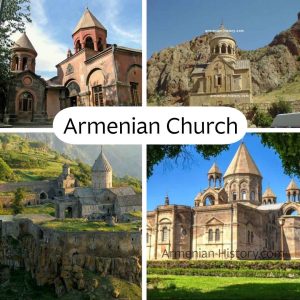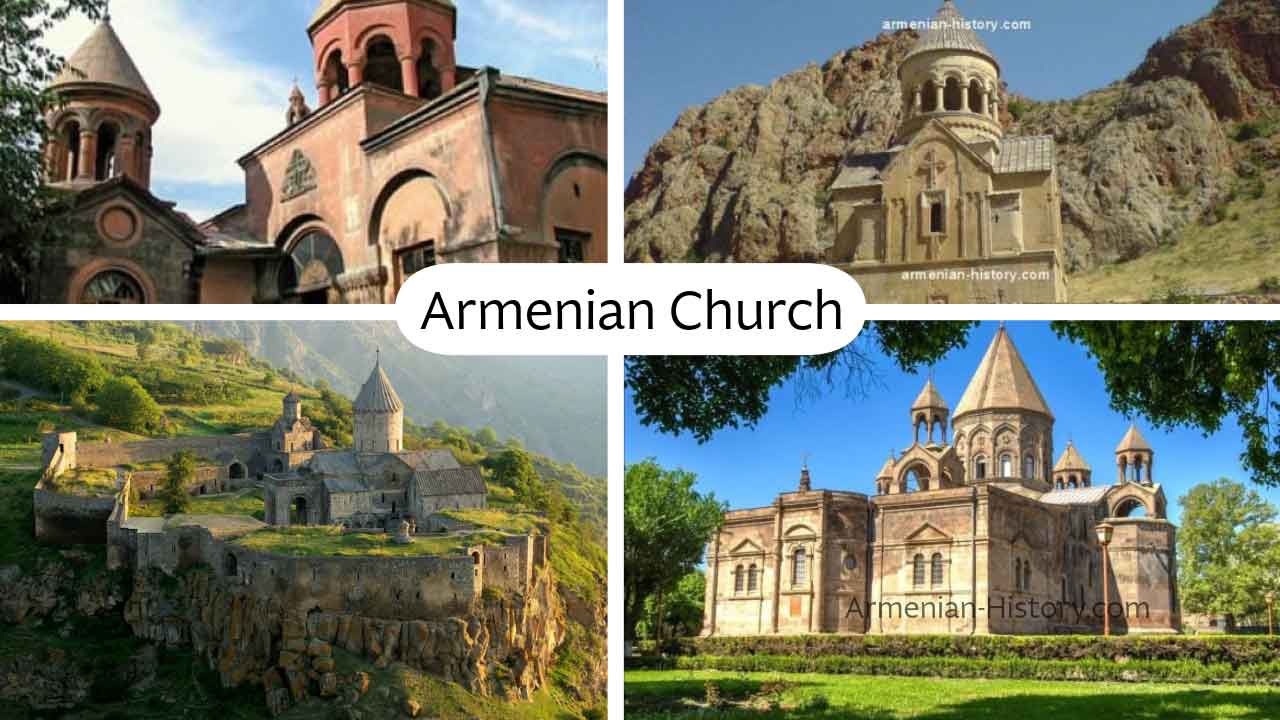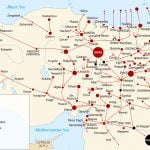The Armenian Church, officially known as the Armenian Apostolic Church, is one of the oldest Christian institutions in the world. Established in the early 4th century, it holds the distinction of being the first national church in history, having adopted Christianity as the state religion of Armenia in 301 AD. Rooted in the teachings of the apostles Thaddeus and Bartholomew, the Armenian Church has played a central role in shaping Armenian identity, culture, and resilience across centuries of foreign domination and diaspora.
Origins and Apostolic Foundation
According to Armenian tradition, Christianity was first preached in Armenia by Apostles Thaddeus and Bartholomew in the 1st century AD. These missionaries are regarded as the founders of the Armenian Church, and their evangelizing efforts laid the foundation for the future Christianization of the kingdom.
However, it was in the early 4th century that Christianity truly became institutionalized in Armenia. The turning point came through the efforts of Saint Gregory the Illuminator, who converted King Tiridates III and subsequently led to the mass baptism of the Armenian people. This watershed moment occurred in 301 AD, predating the Christianization of the Roman Empire and making Armenia the first state to adopt Christianity as its official religion.
The Structure and Hierarchy of the Armenian Church
The Armenian Apostolic Church is part of the Oriental Orthodox communion, which includes the Coptic, Syriac, Ethiopian, and Eritrean Orthodox Churches. It is distinct from the Eastern Orthodox and Roman Catholic Churches, particularly in its Christological position, adhering to Miaphysitism—the belief that Christ has one united nature that is both divine and human.
The spiritual leader of the Church is the Catholicos of All Armenians, who resides at the Mother See of Holy Etchmiadzin, near Yerevan, Armenia. This cathedral, built in the early 4th century, is considered the oldest state-built Christian cathedral in the world.
There are also two other significant hierarchical seats:
- The Catholicosate of the Great House of Cilicia, based in Antelias, Lebanon
- The Armenian Patriarchate of Jerusalem, responsible for holy sites and the Armenian quarter in the Old City
- The Armenian Patriarchate of Constantinople, which serves the Armenian community in Turkey
Beliefs and Religious Practices
The theology and liturgical practices of the Armenian Apostolic Church reflect a unique synthesis of early Christian, Byzantine, and indigenous Armenian traditions. Central to its doctrine are the Nicene Creed, the sacraments (particularly baptism, chrismation, Eucharist, and marriage), and veneration of saints and martyrs.
The Armenian Divine Liturgy, known as the Soorp Badarak, is a highly symbolic and sacred service that blends chant, incense, and processions. Conducted in Classical Armenian (Grabar), the liturgy emphasizes mystery, reverence, and the transformative presence of Christ in the Eucharist.
Major feast days include:
- Easter (Zadig)
- Christmas and Theophany (celebrated on January 6)
- Vardavar (the Transfiguration)
- Feast of the Holy Cross
- Feast of Etchmiadzin
The Armenian Church and National Identity

Throughout centuries of conquest and diaspora, the Armenian Apostolic Church has functioned not only as a religious institution but also as the guardian of Armenian language, literature, and cultural continuity. During the centuries of foreign rule—under Persian, Arab, Seljuk, Mongol, and Ottoman empires—the Church preserved the Armenian alphabet, kept historical records, and educated successive generations.
In the diaspora, the Armenian Church often became the center of Armenian community life. In places as varied as Jerusalem, Isfahan, Tbilisi, Cairo, Paris, New York, and Los Angeles, the Armenian Apostolic Church built not only places of worship but also schools, cultural centers, and charities.
The Genocide of 1915 further reinforced the Church’s role as a spiritual anchor for a dispersed and traumatized nation. Many clergy and faithful perished, yet the Church continued its mission in exile and in newly formed communities abroad.
Global Presence and Diaspora Churches
Today, the Armenian Apostolic Church has dioceses and parishes around the world. Major centers of Armenian Church life exist in:
- The United States (Eastern and Western Dioceses)
- France and Western Europe
- The Middle East, especially Lebanon and Syria
- Russia and former Soviet states
- Australia, Canada, and South America
The diaspora churches play an essential role in preserving Armenian religious traditions and teaching the next generation of Armenians about their heritage.
In addition to the Armenian Apostolic Church, there are also Armenian Catholic and Armenian Evangelical communities, which, while separate, still share many historical and cultural roots.
Architectural and Artistic Heritage
Armenian churches are renowned for their distinct architectural style—often featuring conical domes, stone cross motifs, and richly carved khachkars (cross-stones). Historic churches like Etchmiadzin, Tatev, Haghpat, Geghard, and Ani Cathedral are UNESCO-recognized symbols of Christian heritage.
Armenian illuminated manuscripts, sacred music, and stone carvings remain integral parts of the Church’s artistic legacy. Many monasteries served as centers of theological study and manuscript production throughout the Middle Ages.
A defining feature of this artistic expression is the Armenian cross, often depicted with flared arms and intricate designs, symbolizing eternal life and the triumph of faith. Its prominence in khachkars and church carvings underscores its deep spiritual and cultural importance.
Challenges and Renewal in the Modern Era
In the post-Soviet era, the Armenian Apostolic Church in Armenia has experienced a religious revival, rebuilding churches, training clergy, and re-engaging public life after decades of atheistic suppression under communism. However, challenges remain:
- Rebuilding trust with younger generations
- Addressing social and political issues in Armenia
- Supporting war-affected communities in Artsakh (Nagorno-Karabakh)
- Maintaining relevance in secular diaspora communities
Despite these challenges, the Armenian Apostolic Church continues to stand as a pillar of faith, cultural memory, and resilience.
Conclusion
The Armenian Church is far more than a religious organization—it is a historical institution that has shaped and sustained Armenian identity for over 17 centuries. From the miracle of conversion in the 4th century to its role in global diaspora communities today, the Church remains a testament to the spiritual endurance of the Armenian people. As both a symbol of national unity and a living tradition, the Armenian Apostolic Church continues to inspire faith, preserve culture, and connect past and present.




